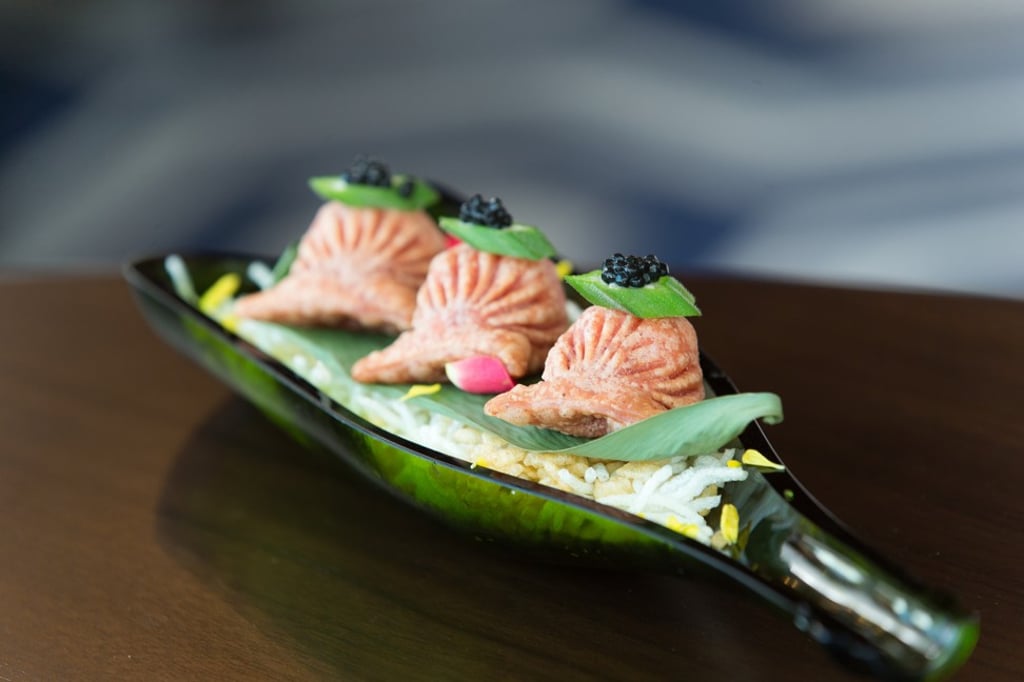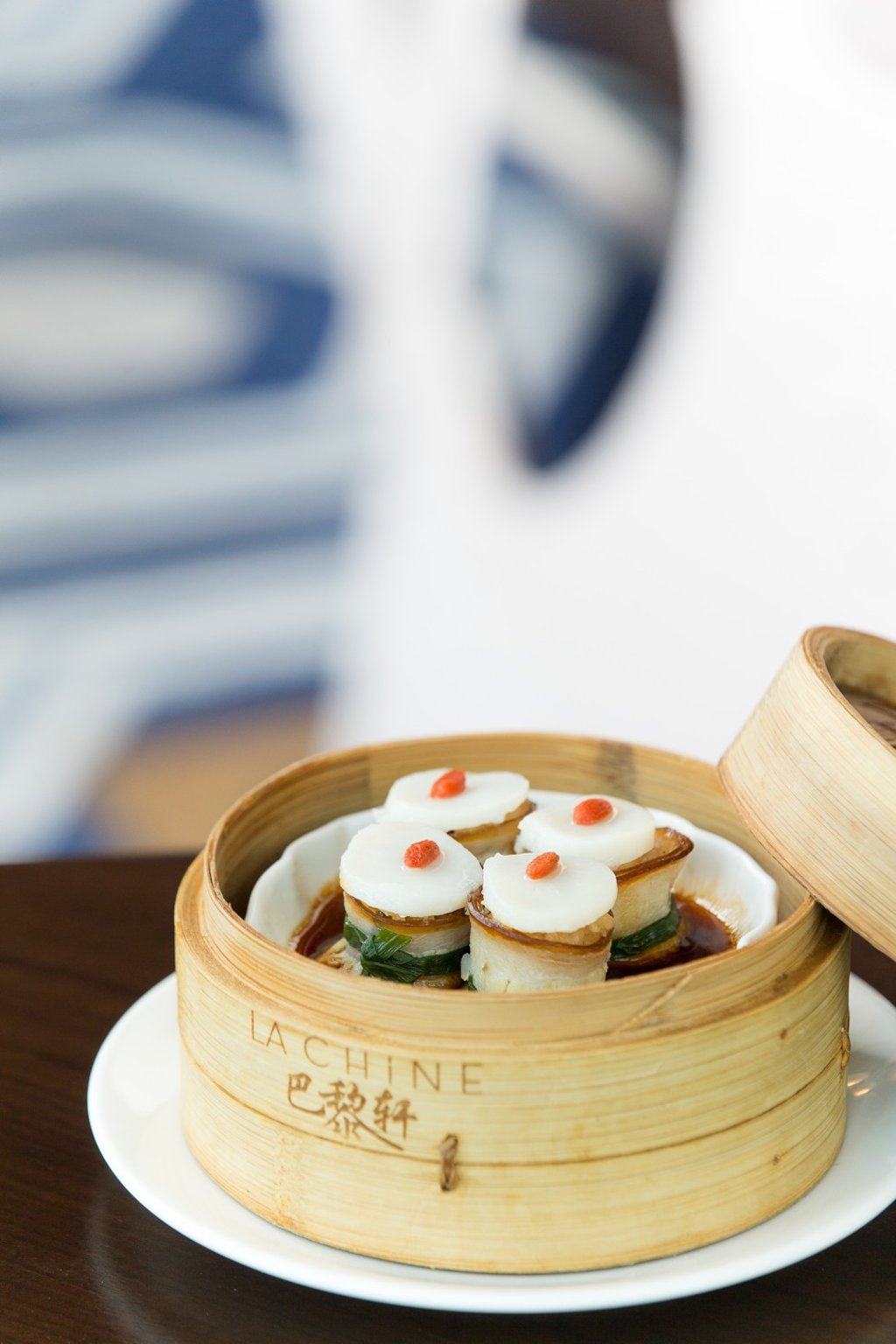Fancy a creative twist on dim sum? Chefs at Sands Resorts Macao have the answer

Top chefs at three restaurants at Sands Resorts Macao – La Chine, Lotus Palace and Dynasty 8 – have reinvented the delectable bites for a new generation of diners
Who doesn’t love dim sum? The bite-sized delicacies are undoubtedly one of the most popular culinary choices in Chinese cuisine. Having originated in Guangdong province, dim sum has come a long way from being a snack served with tea, thanks to the creativity and ingenuity of chefs from yesteryear to the present day.
Chinese restaurants at Sands Resorts Macao have crafted some new, innovative dim sum dishes that appeal to the eyes and to the palate.
Overlooking the Cotai Strip, La Chine – nestled in The Parisian Macao’s Eiffel Tower – serves French-influenced Chinese dishes and a collection of innovative dim sum.
With over 30 years of experience in the culinary world, executive chef at La Chine, Chung Kuy Fai, says, “Our dim sum is a fusion of traditional Cantonese dim sum, Chinese regional cuisine such as Hangzhou and Shanxi, as well as foreign cuisine – from Malaysian, to French, to Australian and Japanese. We have a lot of ideas and we also look for the best ingredients all over the world to prepare our dim sum.”
One of the restaurant’s signature dim sums, Eiffel Tower shrimp dumplings in golden broth, is a modern and creative twist on har gau (steamed shrimp dumplings). Shaped as golden fish, the dumplings are served in the golden broth, which is cooked for over 10 hours with ingredients such as duck, conpoy, pork knuckles and chicken. Fai says the savoury broth matches the flavour of the dumplings, and helps keep the skin of the dumplings moist.

Fai has also created another groundbreaking version of har gau – deep-fried crystal blue shrimp dumplings with truffle caviar. With crystal blue shrimps as the filling, the dumplings are topped with a small piece of okra and truffle caviar before being served. “Har gau is traditionally prepared by steaming,” Fai says. “But our version of har gau is deep-fried and we also add roselle juice to make the wrapper pink in colour.”
Hailing from Malaysia, Fai honed his culinary skills in mainland China, New York, San Francisco and Tokyo. He brought the culinary expertise he gained working in these cities to his dim sum menu. Japanese braised turnip puffs are inspired by Japanese oden, and the turnip stuffing is prepared using oden cooking methods and recipes; steamed curry crabmeat xiao long bao includes spices used in Malaysian dishes; the dong bo braised pork belly – a Hangzhou delicacy – with glutinous rice and steamed scallop is a version of siu mai, using the provincial delicacy as the wrapper.

“I spent many years in Hangzhou. Their version of siu mai is made with glutinous rice, and dong bo braised pork belly is the famous local delicacy,” says Fai. “The pork belly is first braised, then sliced into thins when it’s cooled.”